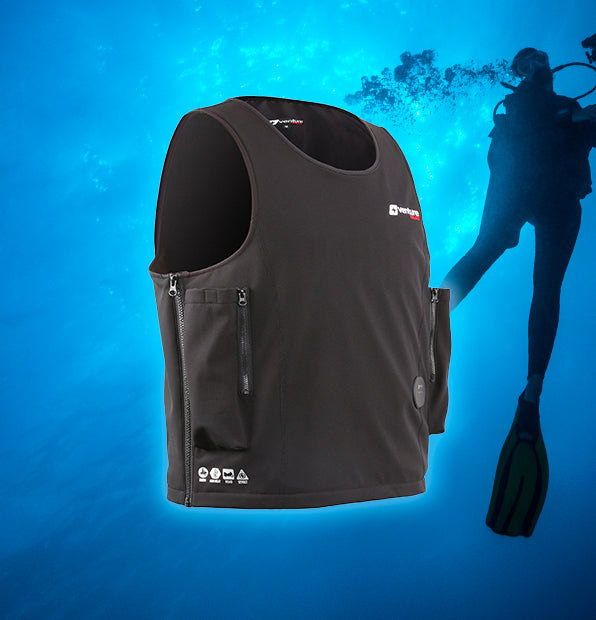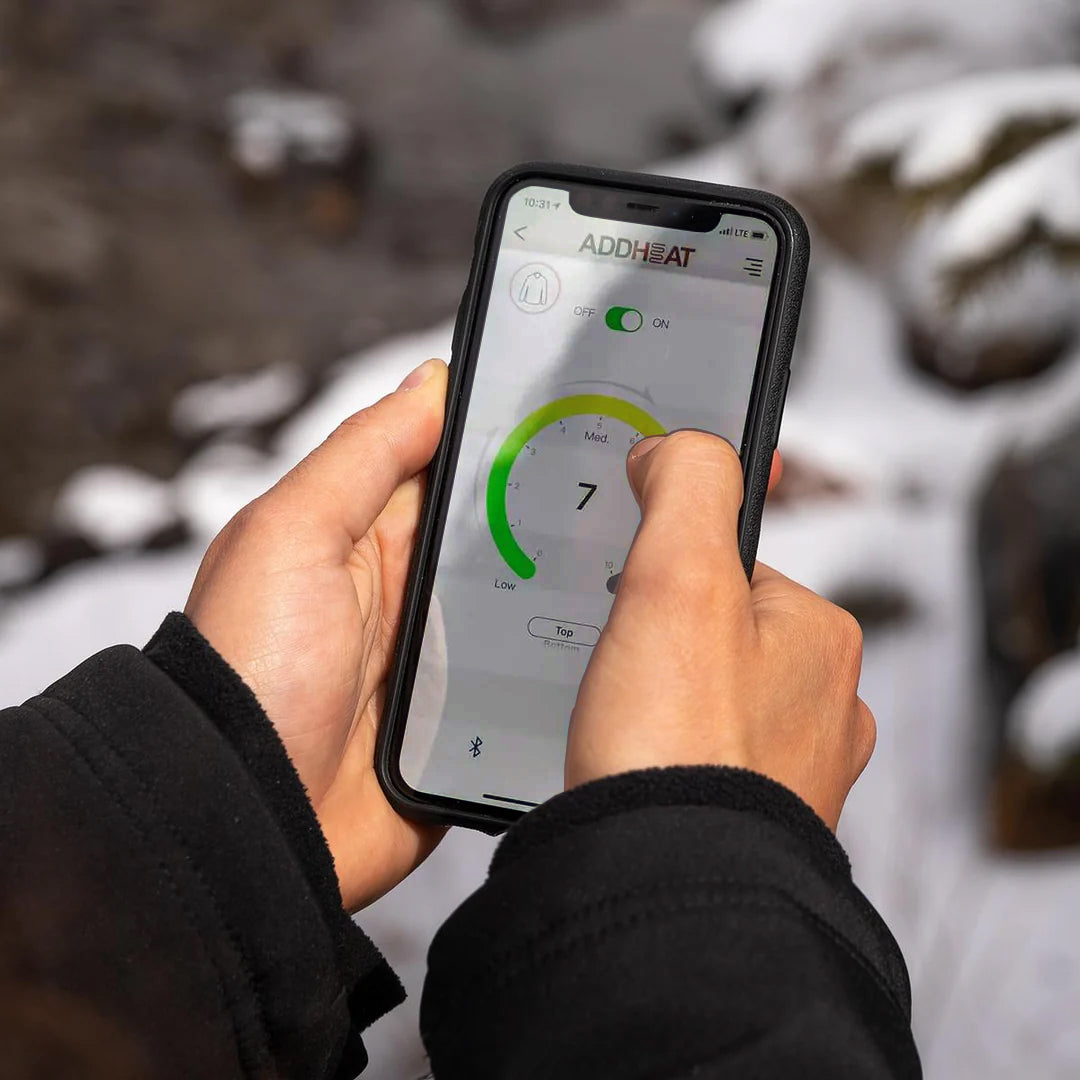11 Tips for Working in Cold Weather Conditions

Working in cold weather conditions can pose significant challenges and risks to our health and safety. It is crucial to take the necessary precautions to protect ourselves while carrying out outdoor work during the winter months. In this blog article, we will explore ten valuable tips that can help ensure your safety and well-being in cold weather conditions. By following these guidelines, you can minimize the risk of cold-related injuries and maintain a productive work environment.
These Tips Will Help You Stay Safe and Warm When Working in Cold Weather Conditions
1. Invest in Heated Clothing
In extremely cold weather conditions, investing in heated clothing can provide an extra layer of protection and comfort. Heated jackets, vests, gloves, and socks are designed to generate warmth and maintain a comfortable body temperature. These garments are typically battery-powered and offer adjustable heat settings to suit your needs. By investing in heated clothing, you can effectively combat the cold and minimize the risk of cold-related injuries, such as frostbite. These garments can be particularly beneficial for individuals working in prolonged exposure to frigid temperatures or in occupations that require immobile positions for extended periods. Prioritize quality and ensure that the heated clothing you choose is reliable, durable, and meets safety standards.
Heated clothing should be used as an additional tool to enhance your comfort and warmth while working in cold weather conditions. By incorporating heated clothing into your cold weather work attire, you can create an additional barrier against the cold and maintain a comfortable body temperature, ultimately contributing to your safety, well-being, and overall productivity.
2. Dress in Layers
Layering your clothing is essential when working in cold weather. Wearing multiple layers helps trap warm air between each garment, providing insulation and preventing heat loss. Start with a moisture-wicking base layer, add an insulating layer, and top it off with a windproof and waterproof outer layer. Remember to wear a hat, gloves, and insulated footwear to keep extremities warm.
3. Stay Hydrated
Cold weather can trick us into thinking we are not thirsty, but it is crucial to stay hydrated. Dehydration can still occur in cold conditions, and it can impair physical and cognitive performance. Drink plenty of fluids, preferably warm or room temperature, to maintain adequate hydration levels throughout the day.
4. Take Frequent Breaks
Prolonged exposure to cold temperatures can increase the risk of hypothermia and frostbite. Take regular breaks in a warm sheltered area to warm up and allow your body to recover. Schedule breaks strategically to prevent overexertion and maintain your core body temperature.
5. Use Proper Equipment
Ensure you have access to suitable and well-maintained equipment for working in cold weather conditions. This may include insulated tools, anti-slip footwear, and safety gear such as high-visibility clothing. Check your equipment regularly to make sure it's in good condition and replace any damaged items promptly.
6. Be Aware of Frostbite and Hypothermia
Educate yourself about the signs and symptoms of frostbite and hypothermia. Frostbite affects the skin and underlying tissues, while hypothermia occurs when the body's core temperature drops too low. Learn to recognize these conditions and seek immediate medical attention if you or a coworker experience any symptoms, such as numbness, tingling, pale skin, shivering, confusion, or fatigue.
7. Plan for Emergencies
Always have an emergency plan in place before starting work in cold weather. Ensure everyone on your team knows the plan and what to do in case of an emergency. This plan should include communication methods, emergency contact information, and the location of the nearest medical facilities. Carry a fully charged mobile phone or a two-way radio for communication.
8. Warm Up Properly
Cold muscles are more prone to injury, so it is crucial to warm up before starting any physically demanding tasks. Engage in a brief warm-up routine that includes stretching exercises to increase blood flow and loosen muscles. This preparation will reduce the risk of strains, sprains, and other cold-related injuries.
9. Maintain Proper Footing
Walking on snow and ice can be hazardous, leading to slips, falls, and potential injuries. Wear footwear with good traction and consider using ice cleats or non-slip attachments to improve stability. Walk slowly and deliberately, taking small steps, and use handrails where available.
10. Eat Nutritious Meals
A balanced diet is essential for maintaining energy levels and keeping your body warm. Consume warm and nourishing meals before and during work to provide your body with the necessary nutrients and fuel. Include high-calorie foods and hot beverages to help sustain your energy throughout the day.
11. Stay Informed about Weather Conditions
Before heading out to work, check weather forecasts regularly. Be aware of temperature fluctuations, wind chill factors, and any potential storms or blizzards in the forecast. Stay updated throughout the day, especially if weather conditions are known to change rapidly. If severe weather conditions are predicted or if there is a weather advisory or warning in effect, consider rescheduling or delaying outdoor work until conditions improve. Your safety should always take precedence, and being informed about the weather allows you to make informed decisions to protect yourself and your team.
Final Thoughts
By staying informed and being proactive, you can anticipate and prepare for challenging weather conditions. This awareness enables you to adjust work plans, reschedule tasks, or take additional precautions when necessary. Remember, it is better to err on the side of caution and prioritize safety in adverse weather conditions. Stay vigilant, stay informed, and make informed decisions to ensure your well-being while working in cold weather.
Incorporating these eleven tips into your cold weather work routine will help you stay safe, healthy, and productive. Remember, the key is to be prepared, dress appropriately, stay aware of your surroundings, and prioritize your well-being. Stay warm, stay alert, and work safely even in the coldest of temperatures.












Leave a comment